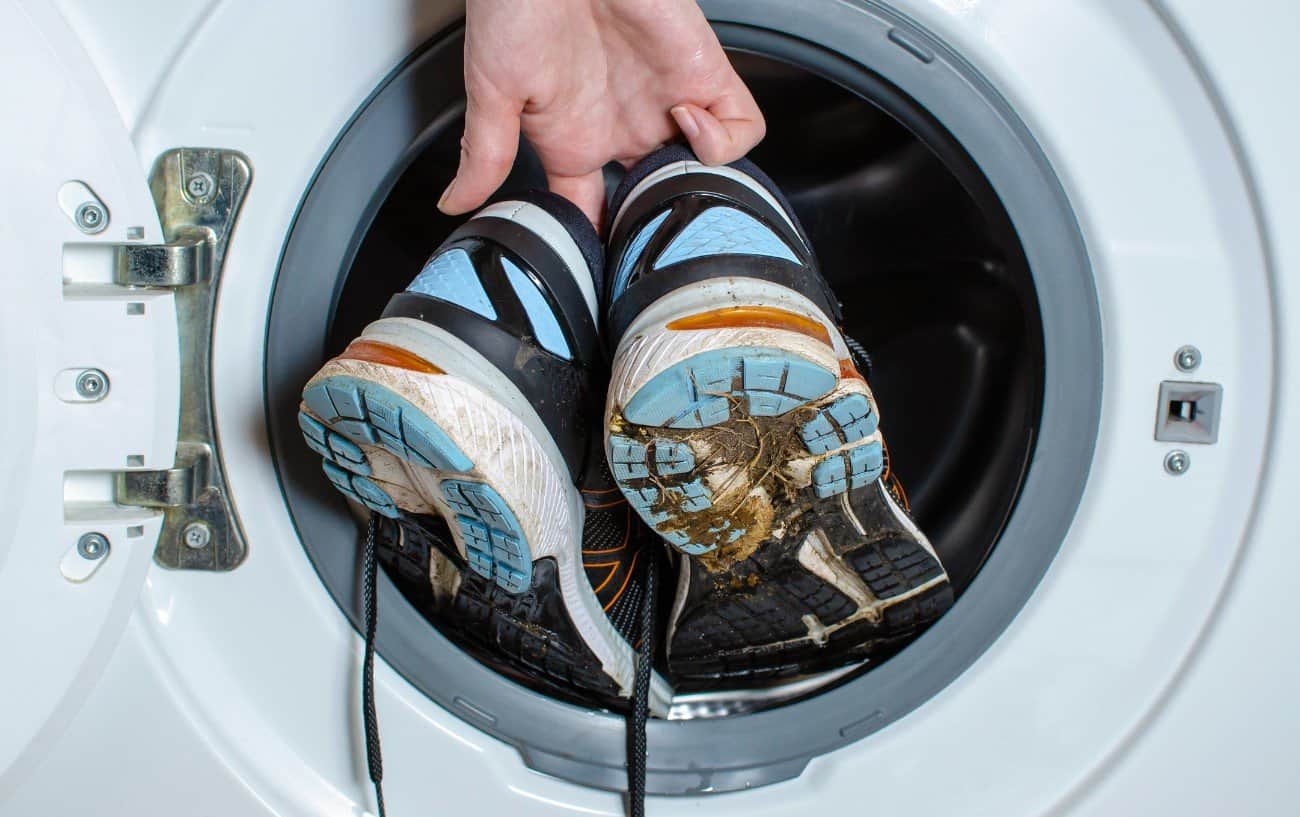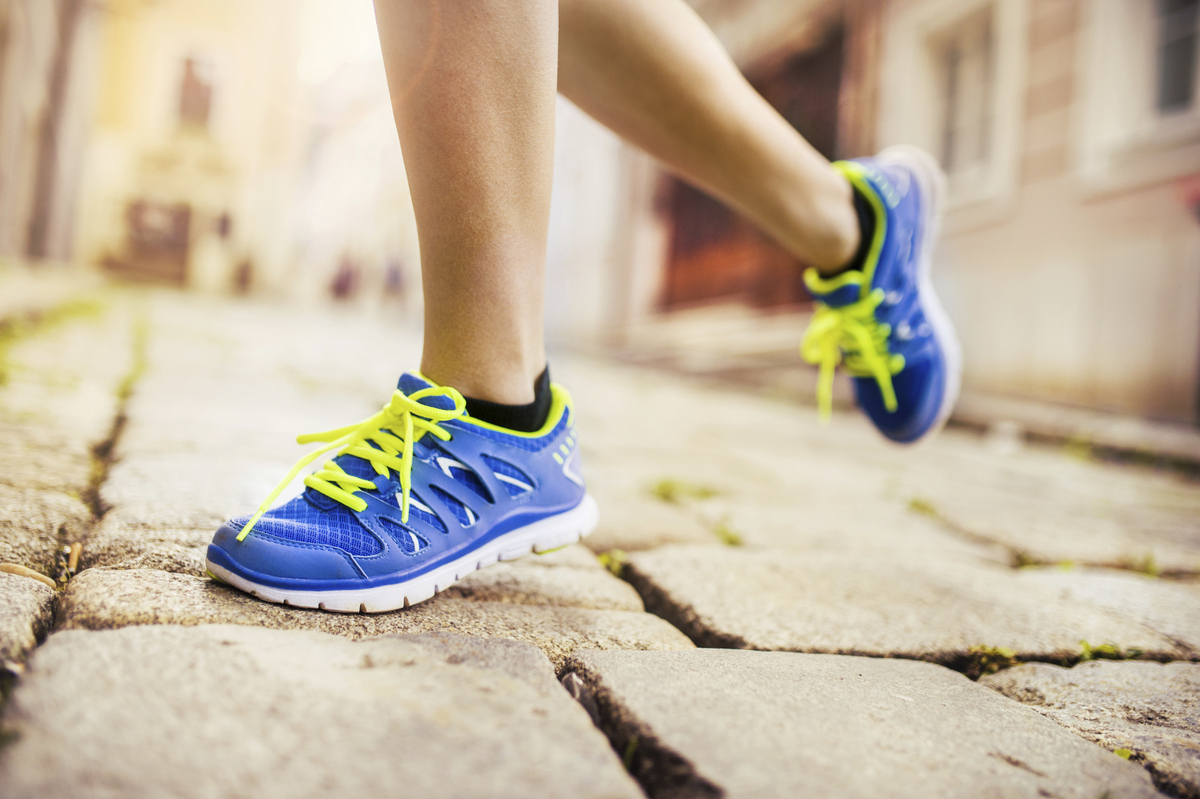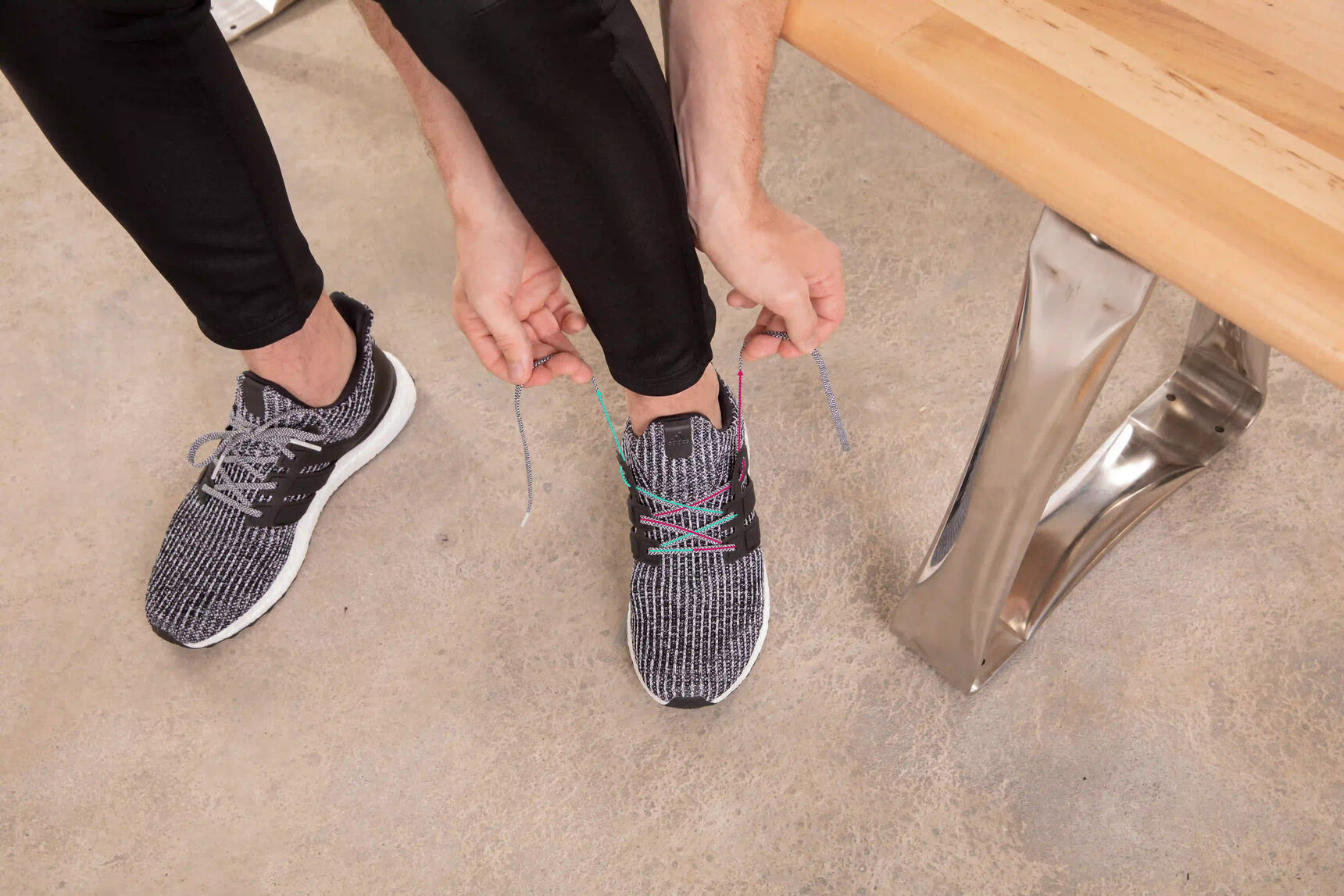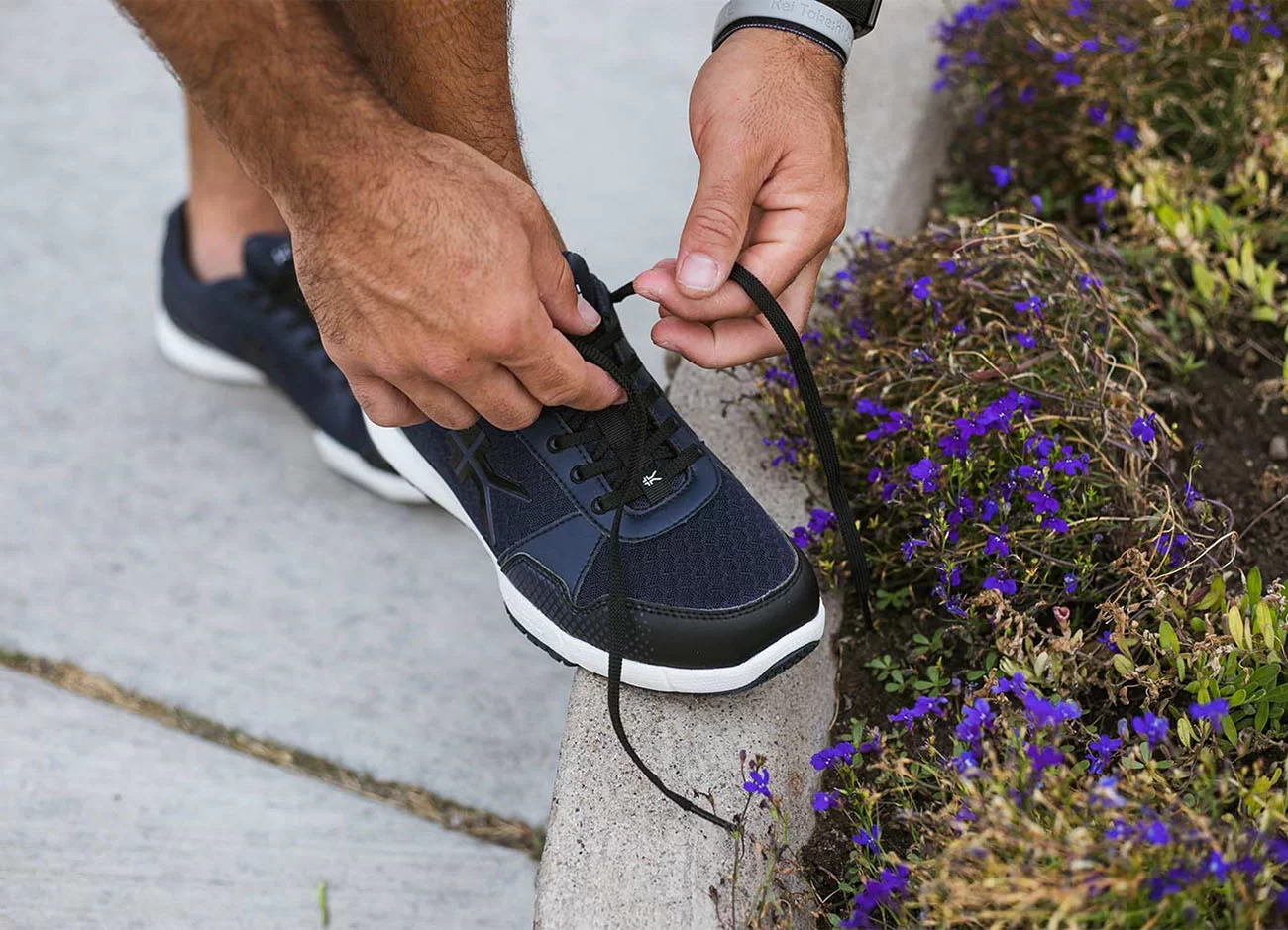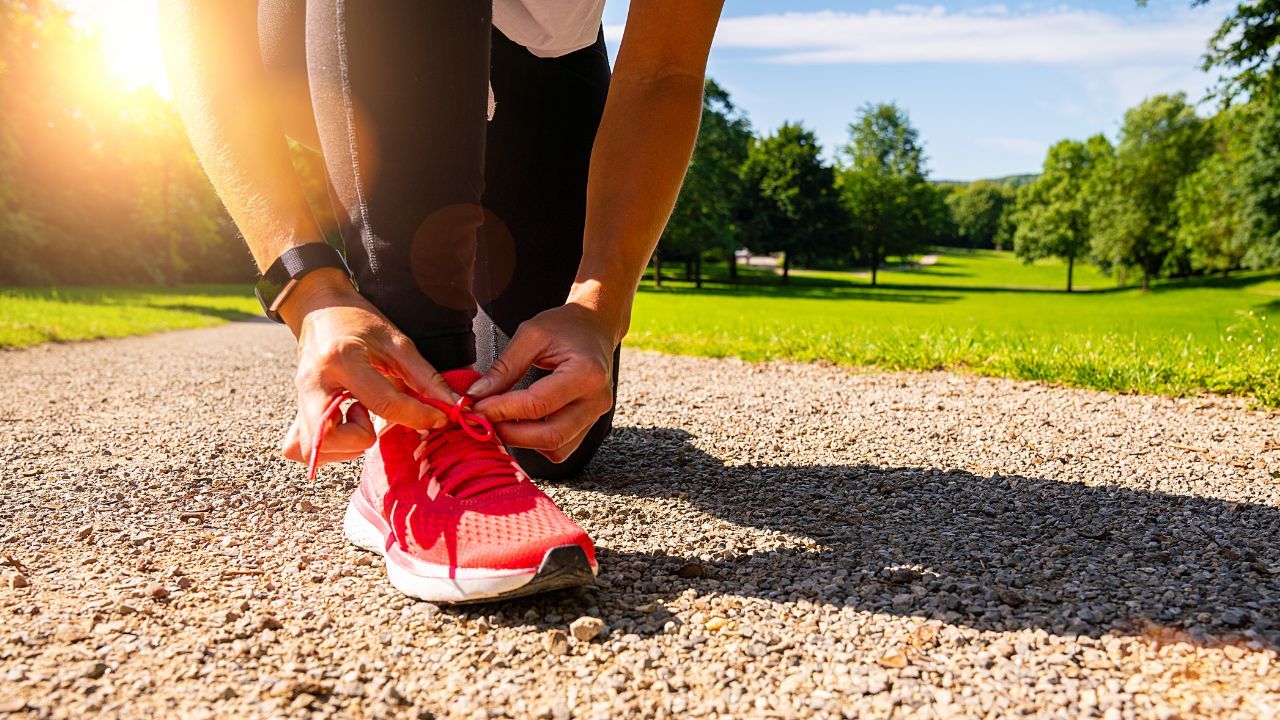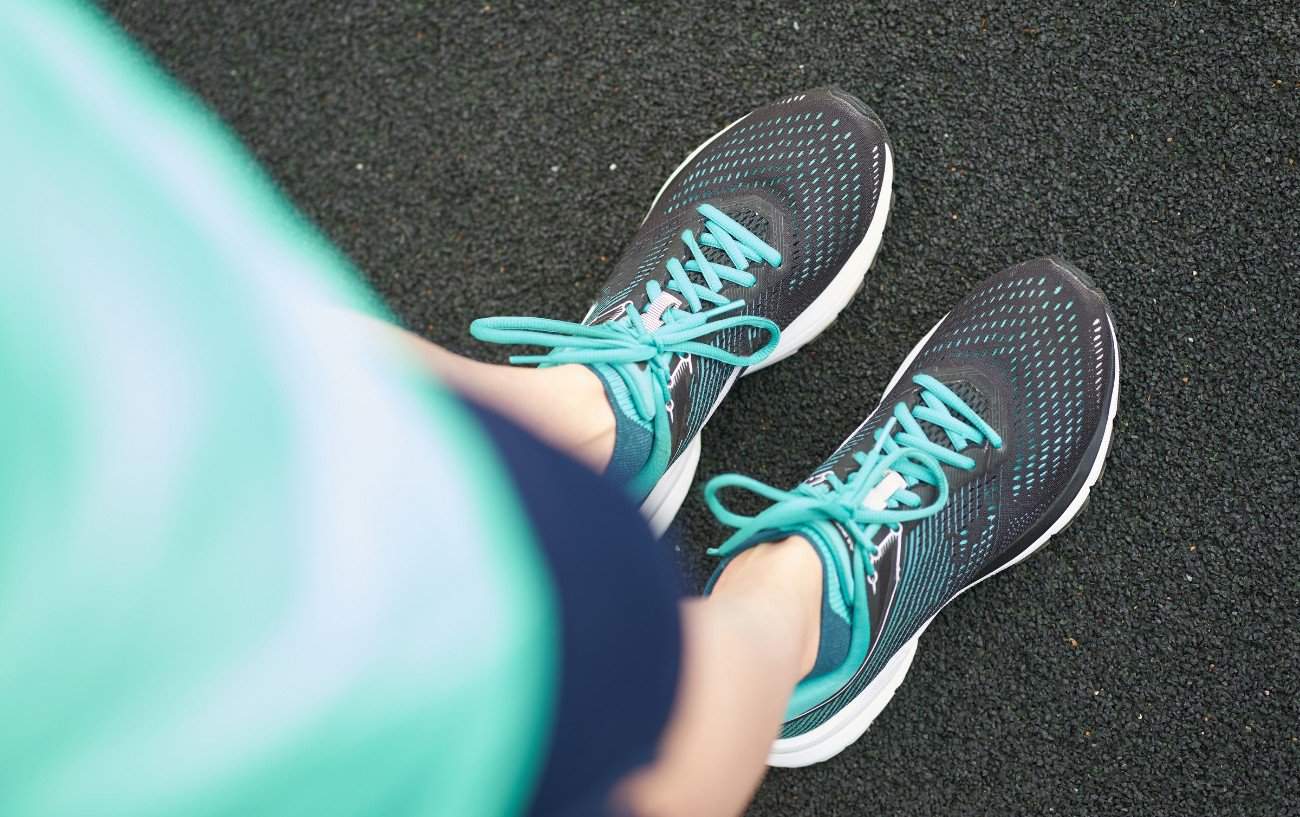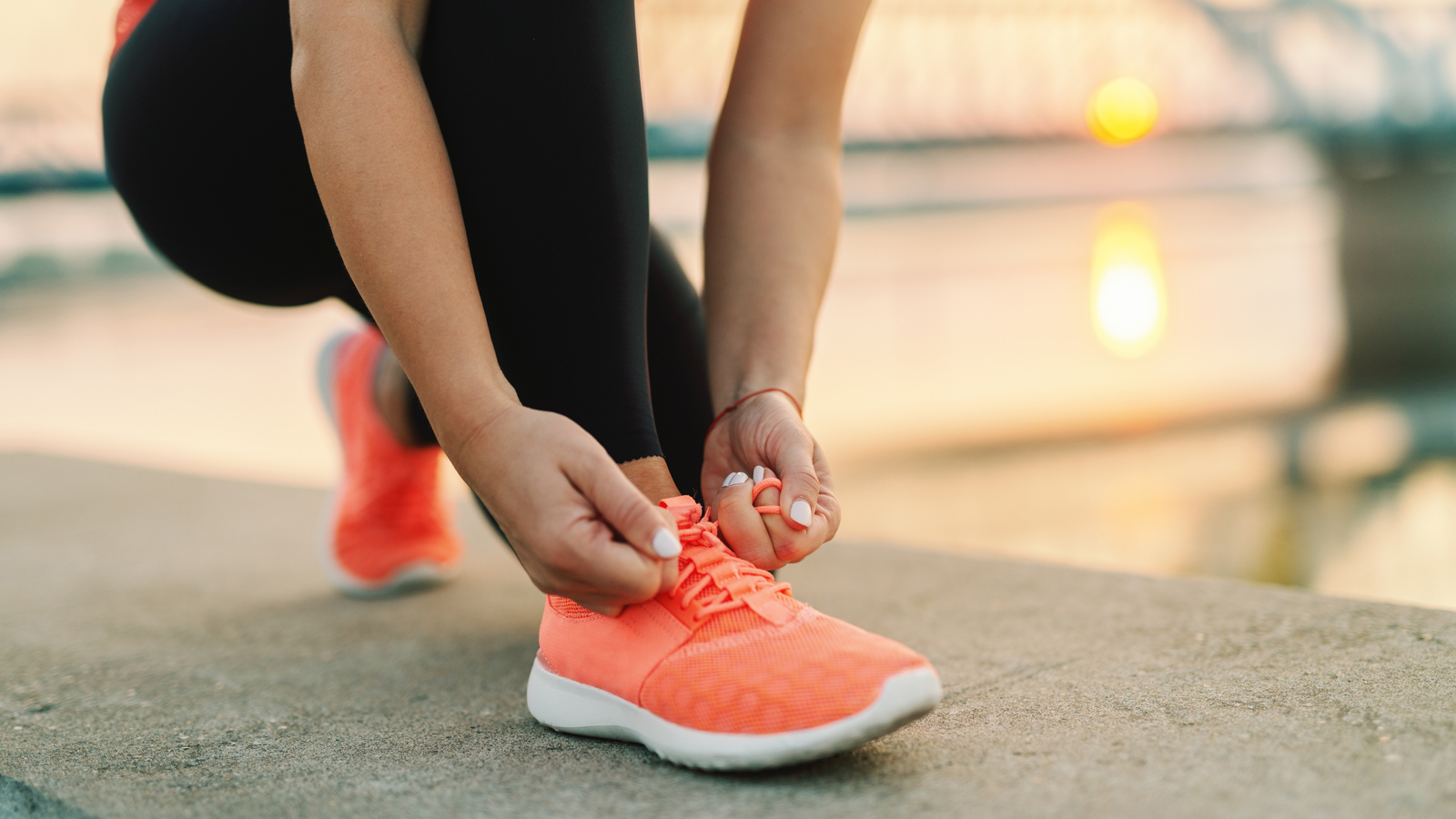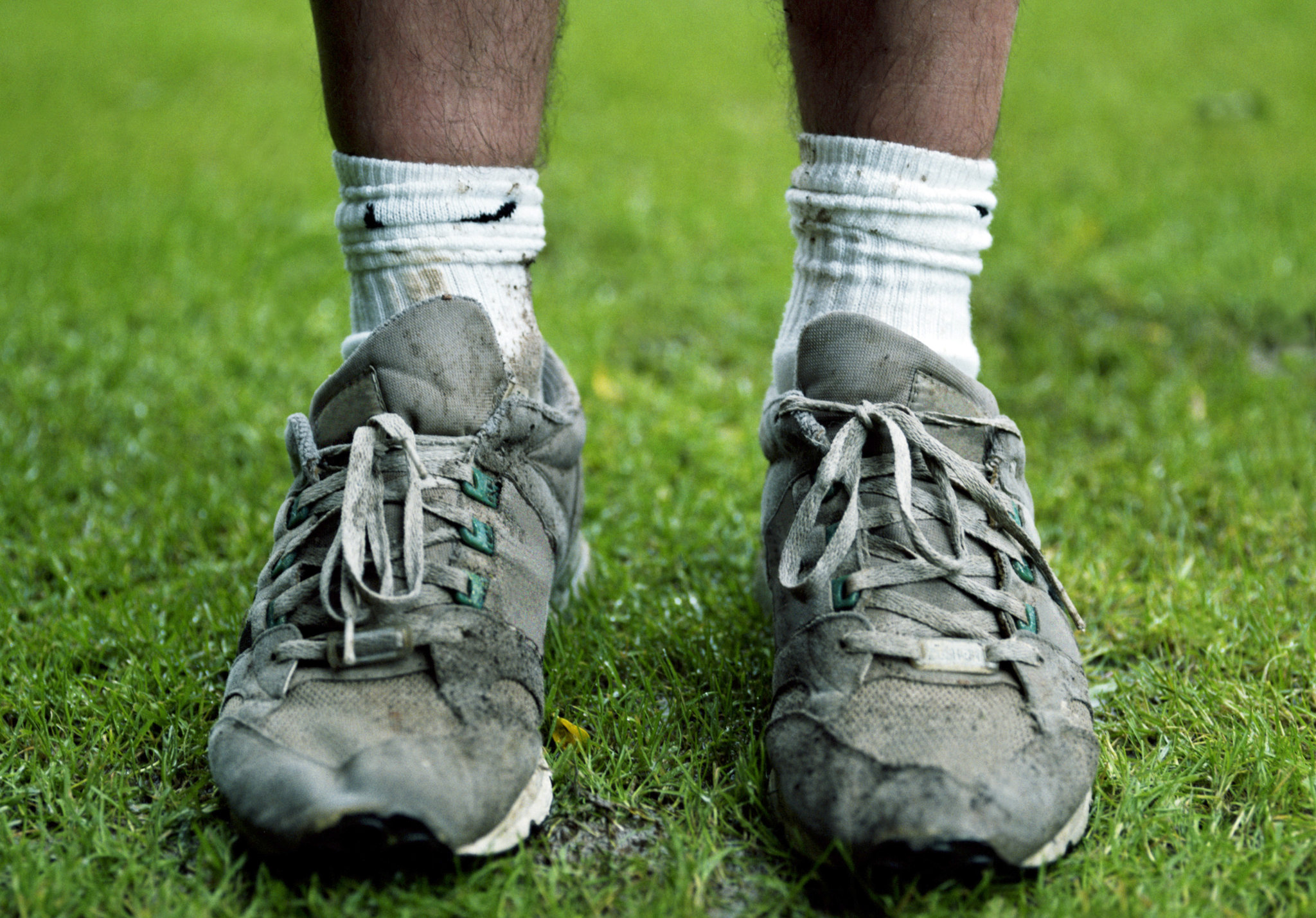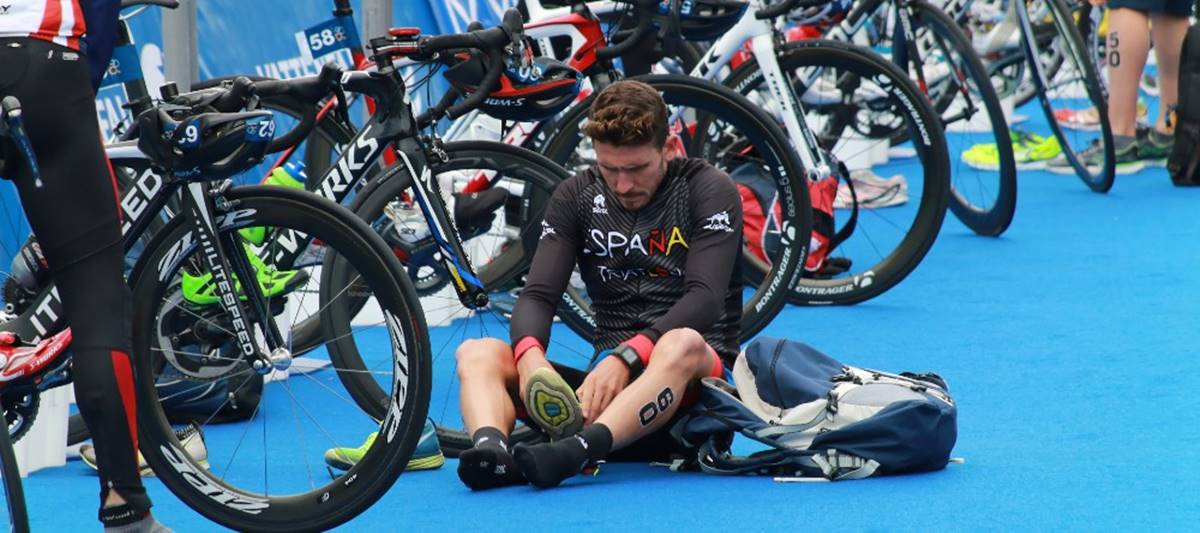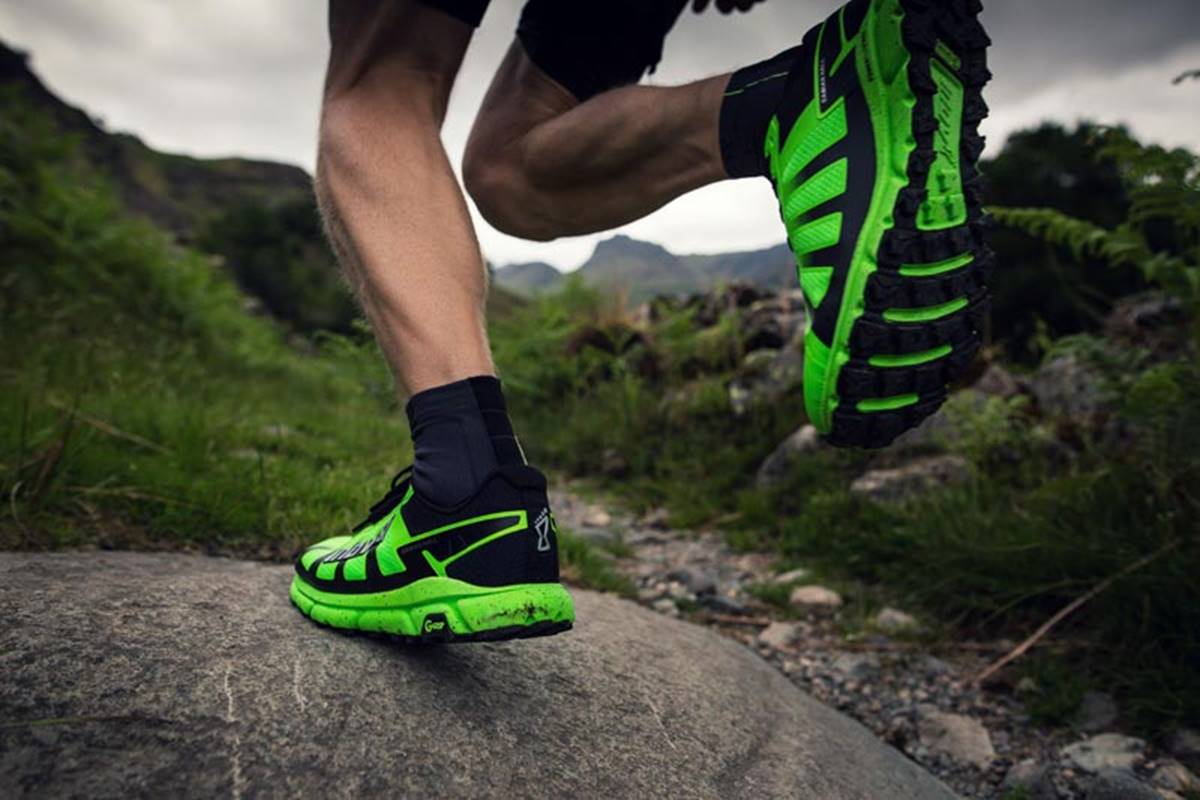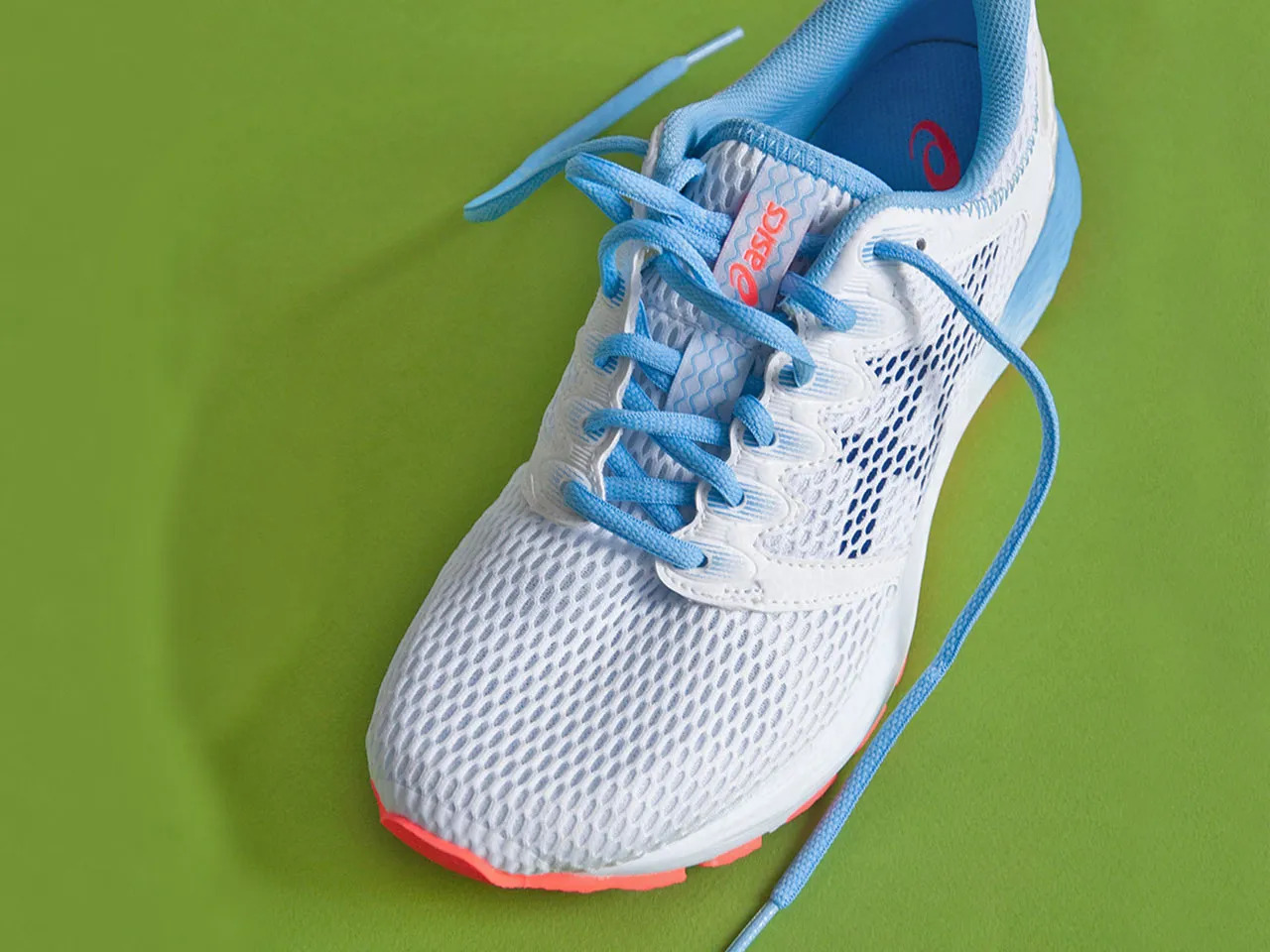

Featured
How To Lace Up Running Shoes
Modified: January 22, 2024
Learn how to properly lace up your running shoes with our featured guide. Discover the best techniques to optimize comfort and performance during your runs.
Introduction
When it comes to running, the right pair of shoes can make all the difference. But have you ever thought about the importance of lacing up your running shoes properly? Believe it or not, the way you lace your shoes can affect your comfort, support, and overall running experience.
Proper lacing is not just about aesthetics; it is about ensuring that your shoes fit securely, preventing any discomfort or potential injuries. Whether you are a seasoned runner or just starting out, learning the right lacing techniques can help enhance your performance and keep you running smoothly.
In this article, we will explore the different lacing techniques you can use to optimize the fit of your running shoes. We will discuss the basic lacing technique, as well as alternative methods that can alleviate specific foot issues or provide additional support. Additionally, we will provide practical tips for adjusting your laces during a run to maintain a secure fit.
So, whether you’re preparing for an upcoming race or simply aiming to improve your daily running routine, understanding how to properly lace up your running shoes is crucial. Let’s dive in and explore the world of lacing techniques to help you achieve the perfect fit!
Why Proper Lacing is Important
Proper lacing of running shoes is not just about making them look neat and tidy; it serves a more significant purpose. Here are a few reasons why lacing your shoes correctly is essential:
1. Foot Stability: Proper lacing techniques help to stabilize your feet within the shoes. This prevents your feet from sliding around or moving excessively, reducing the risk of blisters, hot spots, and discomfort during your run.
2. Support and Comfort: Depending on your foot shape and running style, different lacing techniques can provide varying levels of support and comfort. Proper lacing can offer a customized fit, accommodating any specific foot issues you may have, such as high arches, wide feet, or bunions.
3. Injury Prevention: Ill-fitting shoes can lead to various running-related injuries, such as ankle sprains, shin splints, or plantar fasciitis. By lacing your shoes correctly, you can minimize the risk of these injuries by ensuring a secure and stable fit.
4. Performance Enhancement: When your shoes fit well and provide adequate support, you can optimize your running performance. Proper lacing helps to maximize energy transfer, allowing you to maintain proper form and improve efficiency during your runs.
5. Versatility: Different lacing techniques cater to different needs. Whether you need extra room in the toe box, a snug fit around the midfoot, or pressure relief on the top of the foot, proper lacing can help you achieve the perfect fit for your unique requirements.
By understanding the importance of proper lacing techniques, you can ensure that your running shoes provide the comfort, support, and performance you need. So, let’s explore some of the most commonly used lacing techniques to help you find the perfect fit for your runs.
The Basic Lacing Technique
Before diving into alternative lacing techniques, let’s start with the basic lacing technique that is suitable for most runners. This technique provides a secure fit and is easy to adjust as needed.
Follow these steps to lace up your running shoes with the basic technique:
- Start by threading the shoelace through the bottom eyelets of the shoe, ensuring that both ends are even in length.
- Take one end of the lace and thread it through the right eyelet from the outside, creating a diagonal line towards the inside of the shoe.
- Now, take the other end of the lace and thread it through the left eyelet from the outside, creating a diagonal line towards the inside of the shoe as well.
- Repeat this pattern, crisscrossing the laces through the eyelets, until you reach the top of the shoe.
- Once you reach the top, ensure that the laces are evenly tensioned, and tie them securely with a double knot.
Make sure the laces are tight enough to hold your foot securely in place, but not so tight that they restrict circulation or cause discomfort. You should be able to wiggle your toes comfortably while still feeling supported.
This basic lacing technique is a great starting point for most runners. However, keep in mind that every foot is different, and you may need to experiment with different lacing patterns to find the most comfortable fit.
In the next section, we will explore alternative lacing techniques that can address specific foot issues or provide additional support.
Alternative Lacing Techniques
While the basic lacing technique works well for most runners, there are alternative lacing techniques that can address specific foot issues or provide extra support. Let’s explore some of these techniques:
- Loop Lacing: This technique is useful for relieving pressure points and accommodating bunions or wide feet. Begin by threading the laces straight across the bottom eyelets, then create loops by threading the laces through the adjacent eyelets. This creates a “loop” pattern that allows for a customizable fit.
- Runner’s Loop: The runner’s loop technique is beneficial for preventing heel slippage. After lacing the shoe through the lower eyelets, create a small loop by making a half bow with each lace end. Then, thread the lace through the loops before continuing with the crisscross lacing pattern. This creates a secure lock around the ankle, preventing the heel from slipping.
- Window Lacing: Window lacing is ideal for relieving pressure on the top of the foot. After lacing the shoe through the lower eyelets, leave a gap by skipping a set of eyelets in the middle of the shoe. Thread the laces diagonally through the skipped eyelets, creating a “window” that allows for extra space and pressure relief on the top of the foot.
- High Arch Lacing: For runners with high arches who require more support, the high arch lacing technique can help. Start by lacing the shoe normally, but when you reach the middle of the shoe, create a loop with each lace end by making a half bow. Then, thread each lace end through the opposite side’s loops and continue lacing the shoe. This provides additional support and prevents the foot from sliding forward.
- Heel Lock Lacing: The heel lock lacing technique is excellent for preventing heel slippage and securing the foot in the shoe. After lacing the shoe through the lower eyelets, cross the laces over each other and insert them vertically through the top eyelets on the same side. Then, crisscross the laces and continue lacing the shoe normally. This creates a secure lock around the ankle, ensuring a snug fit.
These alternative lacing techniques can provide solutions for specific foot issues or enhance the fit of your running shoes. Experiment with these techniques to find the one that best suits your needs and provides the most comfortable and secure fit.
In the next section, we will share some tips for ensuring a secure fit and making adjustments to your laces during a run.
Tips for a Secure Fit
Now that you are familiar with the basic lacing technique and alternative lacing techniques, let’s explore some tips to ensure a secure fit for your running shoes:
- Start with the Right Shoe Size: It is crucial to wear shoes that are the correct size for your feet. Visit a running specialty store where experts can measure your feet and provide recommendations for the right shoe size.
- Consider Foot Swelling: Keep in mind that your feet may swell during longer runs or in warmer weather. To accommodate this, consider leaving a little extra room when lacing your shoes to allow for any swelling without sacrificing a secure fit.
- Do a “Thumb Test”: After lacing up your shoes, perform a “thumb test” to ensure a snug fit. You should be able to easily slide your thumb between the shoe and your foot, but there should not be excessive space that allows for too much movement.
- Experiment with Different Lacing Techniques: As mentioned earlier, different lacing techniques can address specific foot issues or provide extra support. Don’t hesitate to try out different techniques to find the one that works best for you.
- Secure Knots: Always double-knot your laces to ensure they stay securely tied during your run. This will prevent any tripping hazards or interruptions caused by loose laces.
- Avoid Over-Tightening: While it’s essential to have a secure fit, avoid over-tightening your laces as it can restrict blood flow and cause discomfort. Find a balance where your shoes feel snug but not overly tight.
- Adjust as Needed: Pay attention to how your shoes feel during your runs. If you notice any slipping, pressure points, or discomfort, make adjustments to your lacing technique or tension during a rest break or at the next available opportunity.
- Replace Worn-out Laces: Over time, shoelaces can become worn out or lose their elasticity, compromising the fit of your shoes. If your laces are showing signs of wear, it’s a good idea to replace them to maintain a secure fit.
Remember, the key is to find a lacing technique and fit that works best for you and provides both comfort and security during your runs.
Next, let’s explore how you can make adjustments to your laces during a run to maintain a secure fit.
Adjusting Laces During a Run
During a run, your feet may experience changes in temperature, swelling, or movement, which can affect the fit of your shoes. Making adjustments to your laces while on the go can help maintain a secure and comfortable fit. Here are some tips for adjusting laces during a run:
- Loosen or Tighten as Needed: Pay attention to any discomfort or areas of pressure on your feet. If you feel that your shoes are too tight or constricting, consider loosening the laces to provide more space. Conversely, if you notice your feet sliding around or experiencing instability, tighten the laces to secure your feet in the shoes.
- Relieve Hot Spots or Pressure Points: If you feel any hot spots or pressure points developing on your feet, try adjusting the tension of the laces specifically in those areas. Loosening the laces slightly can alleviate the pressure and prevent potential blisters.
- Prevent Heel Slippage: During a run, you may notice your heels slipping out of the shoes. To prevent this, stop and adjust the laces using techniques like the runner’s loop or heel lock lacing, which provide additional support around the ankle and heel.
- Address Swelling or discomfort: If your feet start to swell during the run or you experience discomfort due to the tightening of the laces, find a safe spot to stop and loosen the laces slightly to accommodate any swelling and provide relief.
- Utilize Quick-adjust Systems: Some running shoes feature quick-adjust lacing systems that allow you to make on-the-go adjustments quickly. Familiarize yourself with these systems if your shoes have them, as they can be a convenient option for fine-tuning the fit during a run.
- Practice Adjusting Laces before Runs: To become comfortable with adjusting your laces on the go, practice making quick adjustments before your runs. This will help you develop the necessary dexterity and ensure that you can make precise adjustments when needed during your runs.
Remember, it’s essential to listen to your body and make necessary adjustments during your runs to maintain a comfortable and secure fit. Don’t be afraid to experiment with different lacing techniques or tension levels until you find the perfect fit for your feet.
Now that you have learned about adjusting laces during a run, let’s wrap up with a summary of what we have covered.
Conclusion
Lacing up your running shoes properly is not just about aesthetics; it is about ensuring a secure and comfortable fit that enhances your running experience. The way you lace your shoes can significantly impact foot stability, support, and overall performance.
In this article, we explored the importance of proper lacing techniques. We learned about the basic lacing technique that serves as a foundation for most runners and discussed alternative lacing techniques that can address specific foot issues or provide additional support.
Additionally, we provided tips for achieving a secure fit, such as starting with the right shoe size, considering foot swelling, and experimenting with different lacing techniques. We also discussed the importance of adjusting laces during a run to maintain comfort and prevent issues like heel slippage or pressure points.
Remember, finding the right lacing technique and fit is a personal journey. Every runner’s foot is unique, and it may take some trial and error to discover the optimal lacing method for your needs.
So, the next time you lace up your running shoes, take the time to ensure a proper fit. Pay attention to comfort, stability, and support, making any necessary adjustments along the way. By doing so, you can optimize your running performance and reduce the risk of discomfort or potential injuries.
Happy running!
